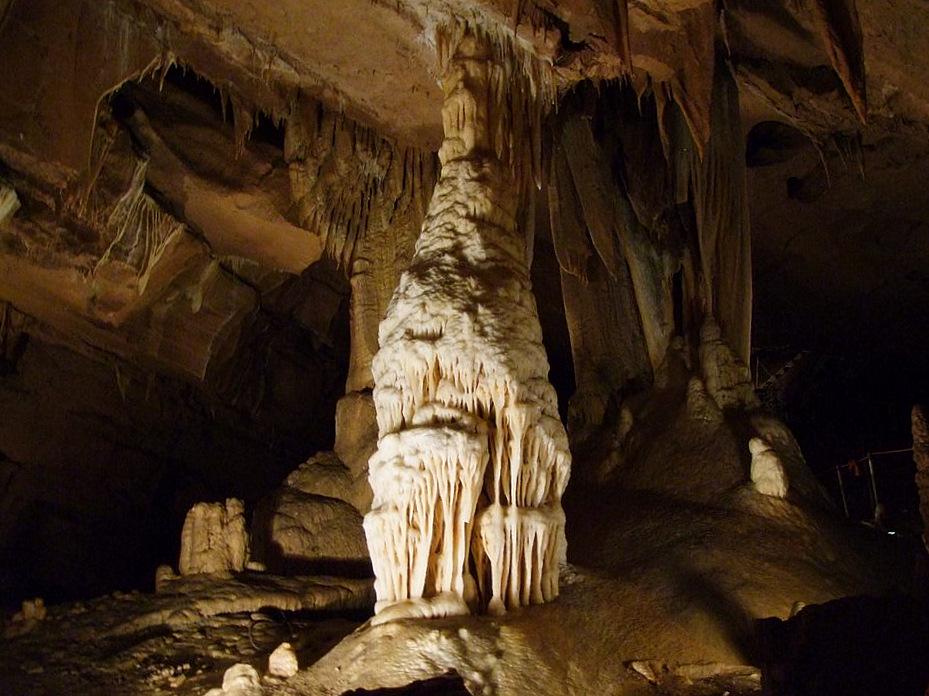
Slovenia is a country known for its caves. Some of them – such as the Postojna or the Škocjan Caves – are internationally famous. However, one small cave in the Lower Carniola region of Slovenia lies well-off the traditional tourist track, even though it has an interesting history of its own.
The cave – known as "Županova jama" or "The Mayor’s Cave" – was named in honor of Josip Perme, the mayor of a nearby village. In 1926, Perme, his son, and two other villagers set out to explore a local cave. While descending into a tunnel, Perme stumbled and accidentally uncovered a previously concealed tunnel. It turned out to be an entrance to a brand-new cave.
Inside was an underground chamber of great beauty, full of exceptionally well-formed stalactites and stalagmites – an unusual find in this part of Slovenia. The mayor and the villagers soon set up wooden stairs to the cave and installed a lighting system. The cave’s grand opening in 1927 was a major local event, and the cave soon became a popular attraction for visitors.
In the years that followed, the cave underwent an expansion as speleologists discovered brand-new passageways and chambers. It soon emerged at that the cave system was far larger than originally thought.
Today, the Mayor’s Cave consists of seven chambers that are open to the public. A 600-meter underground trail leads visitors through the cave.
The Mayor’s Cave is also the home of around 100 bats. Inn 2015, local enthusiasts organized a special event to mark the International Night of Bats. Its goal was bringing these mysterious creatures closer to the people with lectures and a chances listen to the cave-dwelling bats. The cave has also emerged as an occasional venue for concerts.
The events have helped to raise the Mayor’s Cave profile, and an increasing number of visitors are now discovering the cave. Meanwhile, speleologists are continuing to explore the system. One chamber was discovered as recently as 1991, but it remains off-limits to visitors – and as untouched as it was millennia ago.

































































